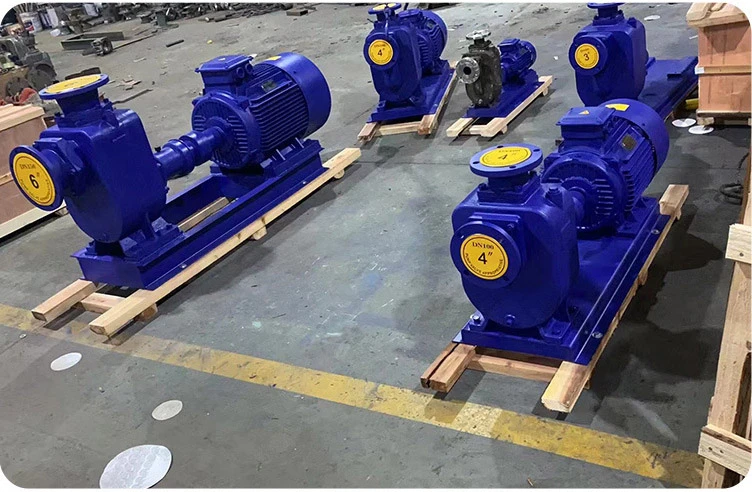English
- Afrikaans
- Albanian
- Amharic
- Arabic
- Armenian
- Azerbaijani
- Basque
- Belarusian
- Bengali
- Bosnian
- Bulgarian
- Catalan
- Cebuano
- Corsican
- Croatian
- Czech
- Danish
- Dutch
- English
- Esperanto
- Estonian
- Finnish
- French
- Frisian
- Galician
- Georgian
- German
- Greek
- Gujarati
- Haitian Creole
- hausa
- hawaiian
- Hebrew
- Hindi
- Miao
- Hungarian
- Icelandic
- igbo
- Indonesian
- irish
- Italian
- Japanese
- Javanese
- Kannada
- kazakh
- Khmer
- Rwandese
- Korean
- Kurdish
- Kyrgyz
- Lao
- Latin
- Latvian
- Lithuanian
- Luxembourgish
- Macedonian
- Malgashi
- Malay
- Malayalam
- Maltese
- Maori
- Marathi
- Mongolian
- Myanmar
- Nepali
- Norwegian
- Norwegian
- Occitan
- Pashto
- Persian
- Polish
- Portuguese
- Punjabi
- Romanian
- Russian
- Samoan
- Scottish Gaelic
- Serbian
- Sesotho
- Shona
- Sindhi
- Sinhala
- Slovak
- Slovenian
- Somali
- Spanish
- Sundanese
- Swahili
- Swedish
- Tagalog
- Tajik
- Tamil
- Tatar
- Telugu
- Thai
- Turkish
- Turkmen
- Ukrainian
- Urdu
- Uighur
- Uzbek
- Vietnamese
- Welsh
- Bantu
- Yiddish
- Yoruba
- Zulu
Telephone: +86 13120555503
Email: frank@cypump.com
Dec . 10, 2024 03:55 Back to list
Sewer Line Pump Solutions for Efficient Wastewater Management and Maintenance
Understanding Sewer Line Pumps Essential Components of Wastewater Management
Sewer line pumps are vital components of modern wastewater management systems, designed to transport sewage and wastewater from lower elevation points to higher ones, ultimately ensuring that these waste materials reach treatment facilities effectively. Given the importance of maintaining public health and environmental standards, understanding the various aspects of sewer line pumps is crucial for both homeowners and professionals involved in sewage management.
Functionality of Sewer Line Pumps
Sewer line pumps are typically classified as sewer ejector pumps or grinder pumps. The primary function of these pumps is to move sewage and wastewater when gravity alone cannot effectively transport it through the sewer lines. This often occurs in areas where the sewage system is at a lower elevation than the municipal sewer line or when there are blockages in the main sewer lines.
Grinder pumps play a critical role in reducing solids in the wastewater to a finer consistency, enabling them to flow more easily through smaller pipes. This is particularly important in residential areas where space is limited, and conventional sewer lines may not be feasible. Ejector pumps, on the other hand, operate by lifting wastewater to a higher elevation, forcing it through the sewer lines using a mechanism that relies on fluid dynamics.
Components of Sewer Line Pumps
A sewer line pump system consists of several essential components 1. Pump Basin This is the storage tank where the sewage is collected before being pumped out. It is typically installed underground to minimize odor and aesthetic disruption. 2. Pump The heart of the system, it is responsible for moving the wastewater. Pumps are usually submersible, meaning they operate while submerged in the sewage.
3. Float Switch This component detects the wastewater level in the pump basin. When the wastewater reaches a certain height, the float switch activates the pump to start pumping out the sewage.
sewer line pump

5. Check Valve This one-way valve prevents the backflow of sewage into the pump basin once the pump has discharged its load.
Maintenance and Troubleshooting
Regular maintenance is essential to ensure the longevity and efficiency of sewer line pumps. Basic upkeep includes checking the pump basin for any build-up of debris, ensuring that the float switch is functioning correctly, and inspecting the discharge pipes for any signs of leaks or blockages.
Common troubleshooting issues might include - Pump Not Starting This could be due to electrical failures or a malfunctioning float switch. - Frequent Cycling If the pump turns on and off frequently, it may indicate that the float switch is incorrectly positioned or the basin is too small for the volume of wastewater. - Clogs or Blockages Accumulation of solids can lead to clogs, requiring manual removal or use of a high-pressure jet to clear the lines.
Environmental Impact and Regulations
The importance of maintaining sewer line pumps transcends mere functionality; these systems also play a critical role in protecting the environment. When sewer systems fail, untreated sewage can overflow, leading to contamination of local water bodies, posing significant risks to public health and aquatic ecosystems.
Regulatory standards dictate the proper procedures for septic system maintenance and wastewater management. Homeowners and municipalities must comply with local regulations to prevent overflow events and ensure that sewage treatment practices are environmentally responsible.
Conclusion
In conclusion, sewer line pumps are a critical element of wastewater management, serving essential functions that help safeguard public health and the environment. An understanding of how these systems work, their components, and the importance of maintenance is crucial for anyone involved in managing sewage systems. By ensuring these systems operate effectively, we contribute to a cleaner and safer living environment for all. Whether you are a homeowner or a professional, staying informed about sewer line pumps can help prevent costly repairs and environmental hazards in the long run.
-
Horizontal Split Case Pump with GPT-4 Turbo | High Efficiency
NewsAug.01,2025
-
ISG Series Pipeline Pump - Chi Yuan Pumps | High Efficiency, Durable Design
NewsAug.01,2025
-
Advanced Flue Gas Desulfurization Pump with GPT-4 Turbo | Durable & Efficient
NewsJul.31,2025
-
ISG Series Vertical Pipeline Pump - Chi Yuan Pumps | Advanced Hydraulic Design&Durable Construction
NewsJul.31,2025
-
ISG Series Vertical Pipeline Pump - Chi Yuan Pumps | Energy Efficient & Low Noise
NewsJul.31,2025
-
pipeline pump - Chi Yuan Pumps Co., LTD.|High Efficiency&Low Noise
NewsJul.31,2025










